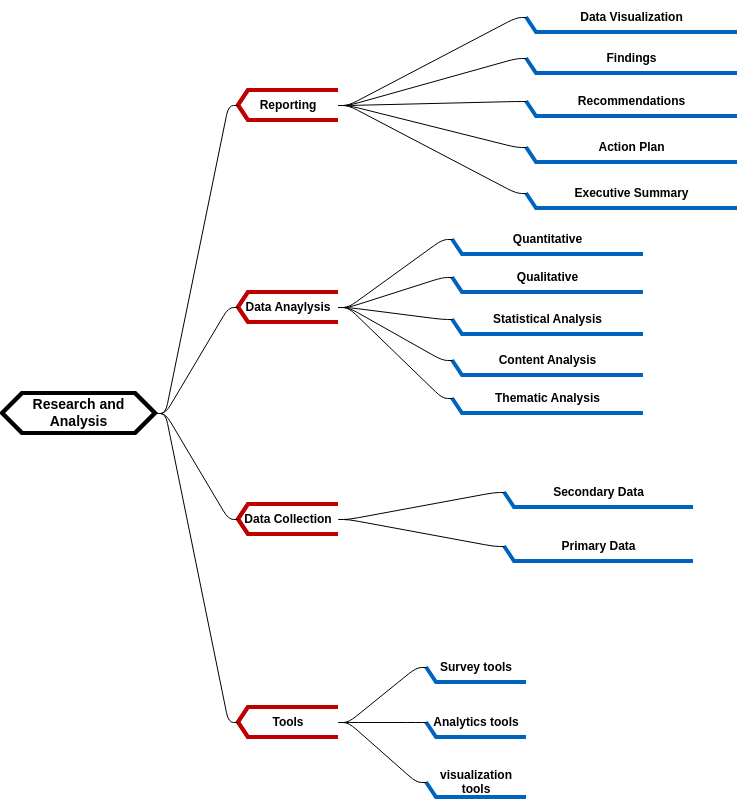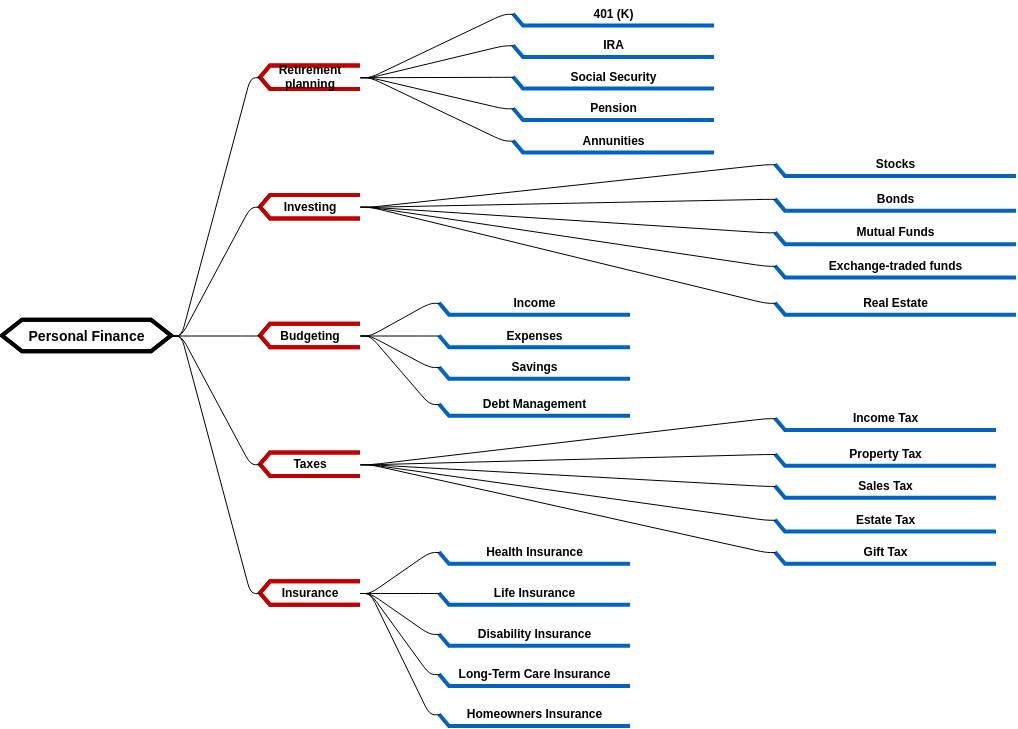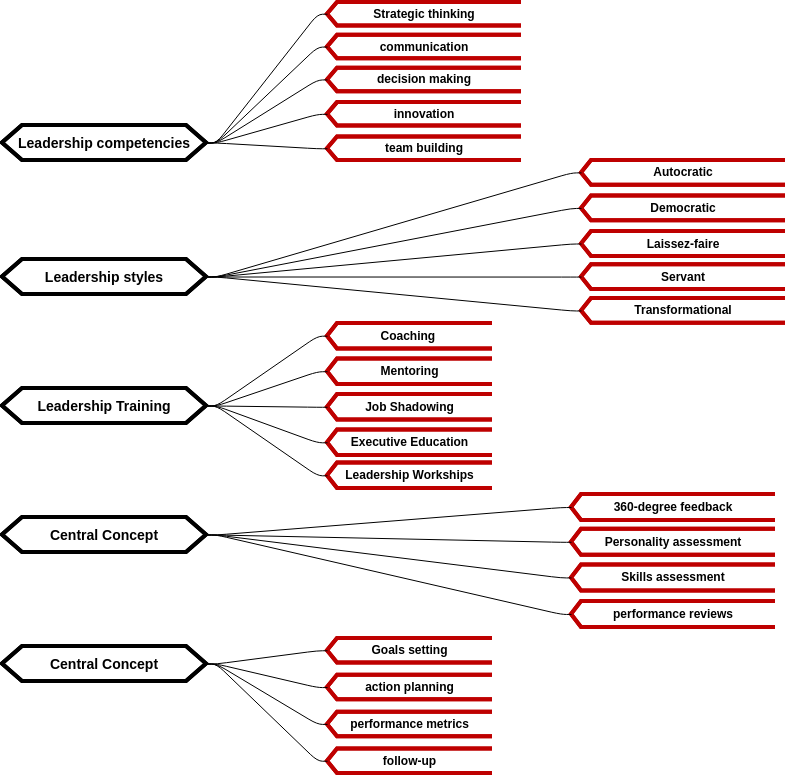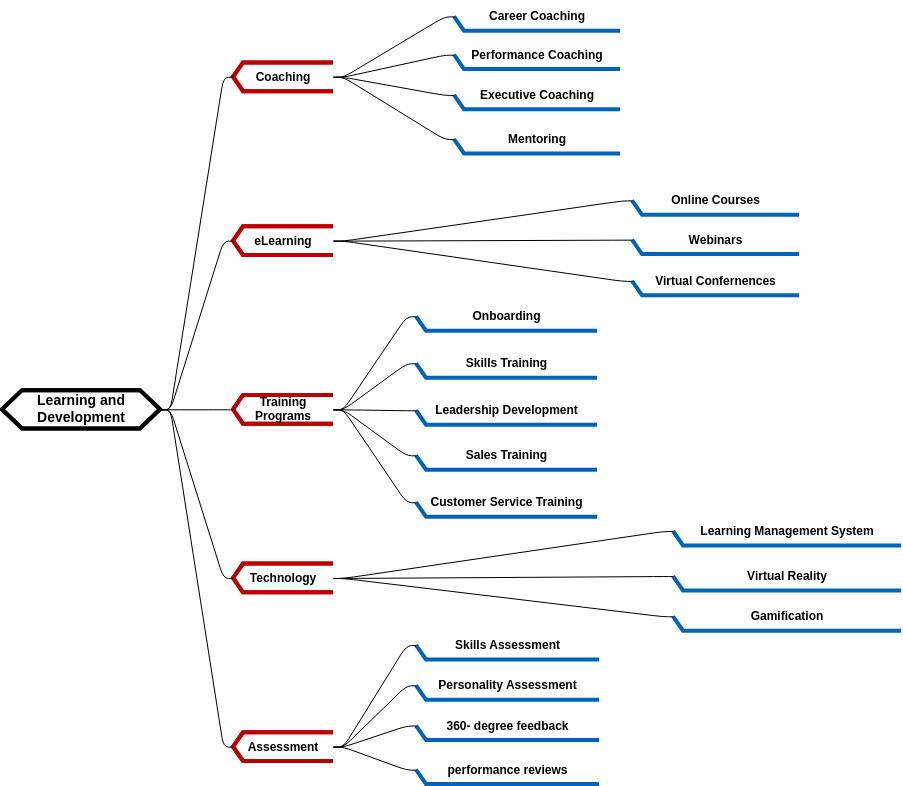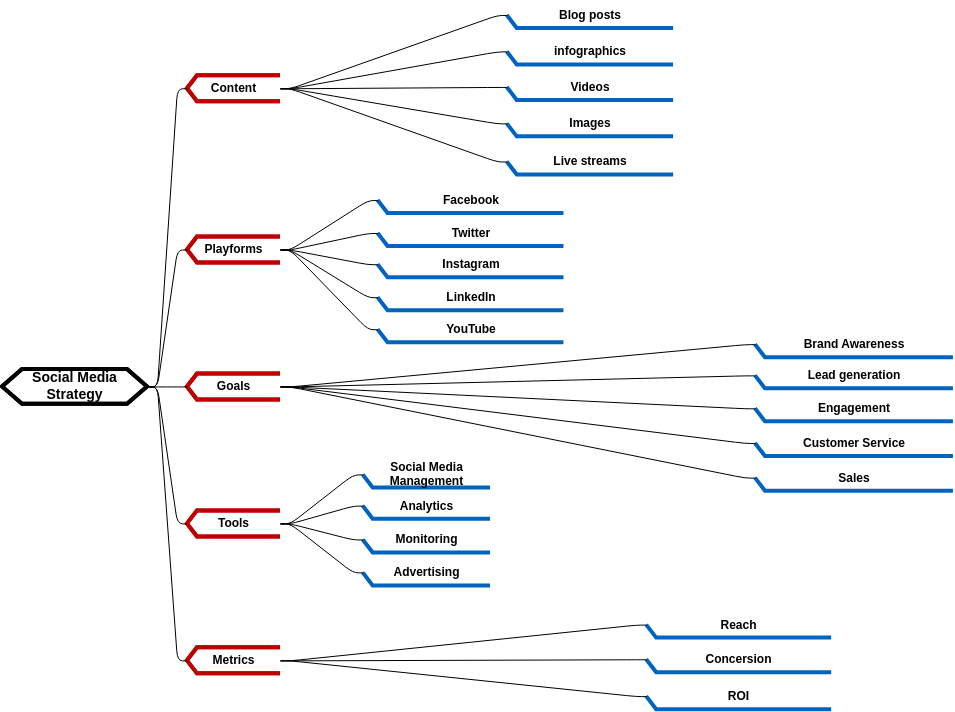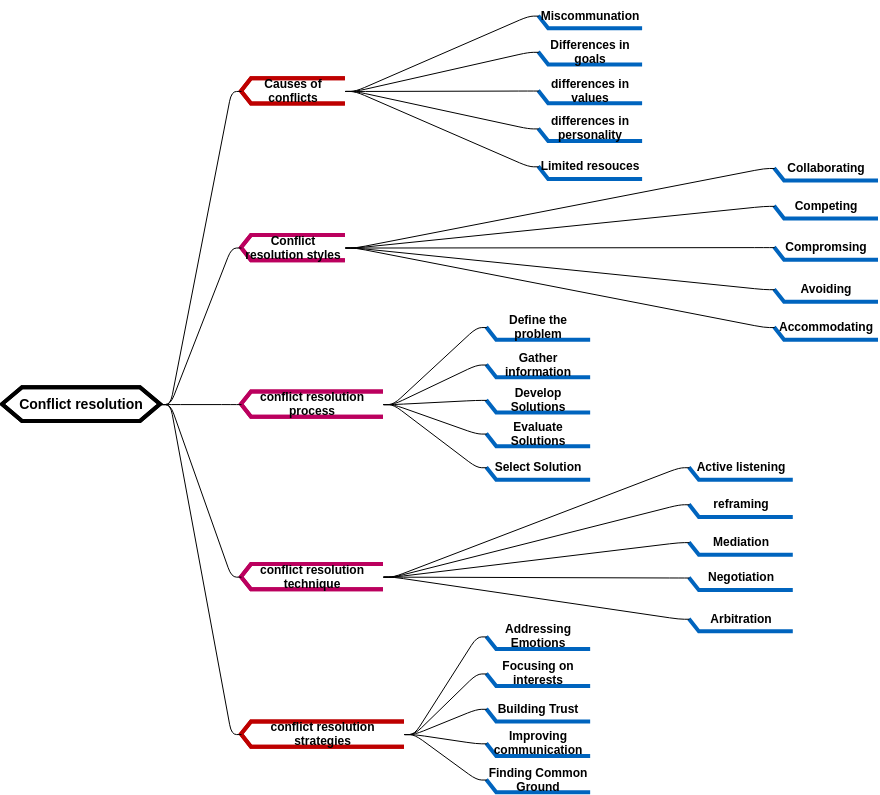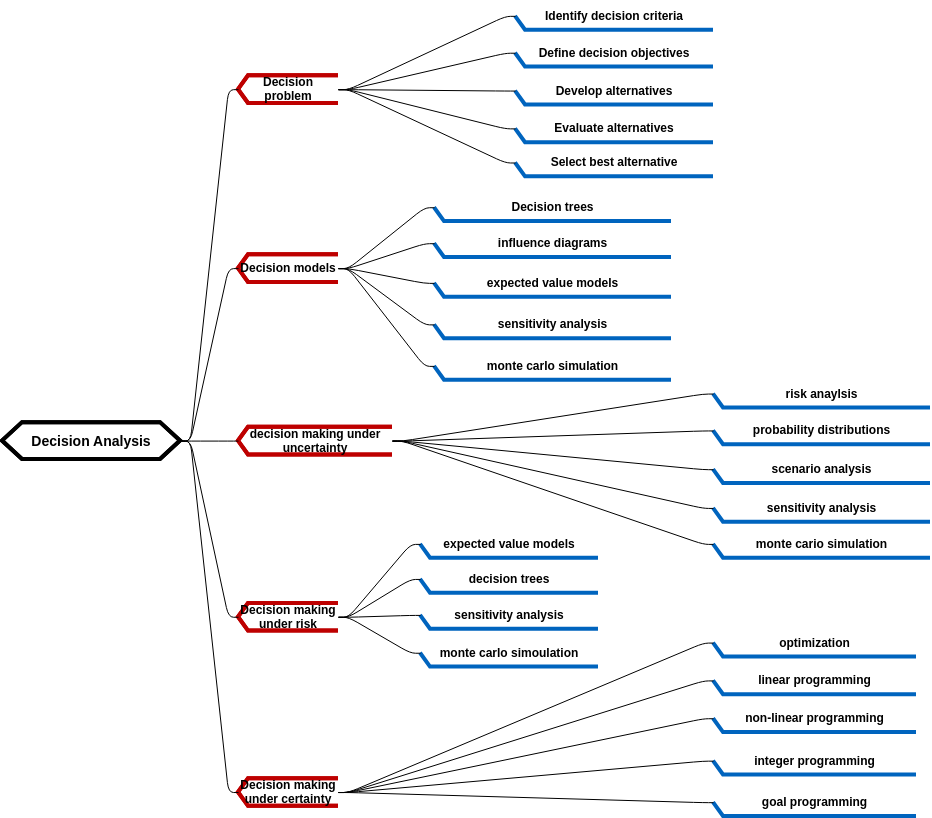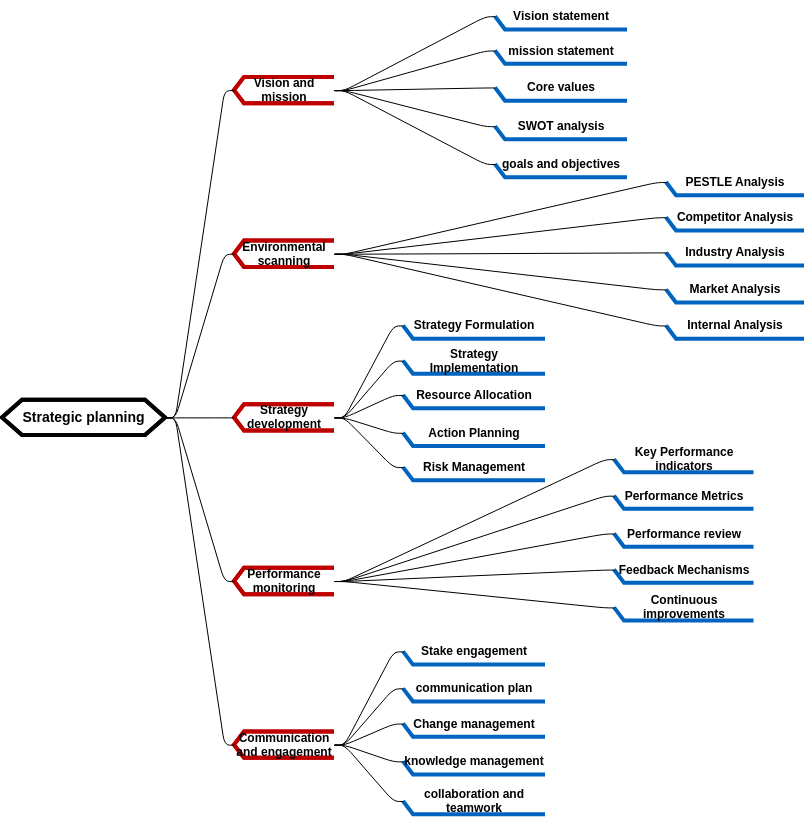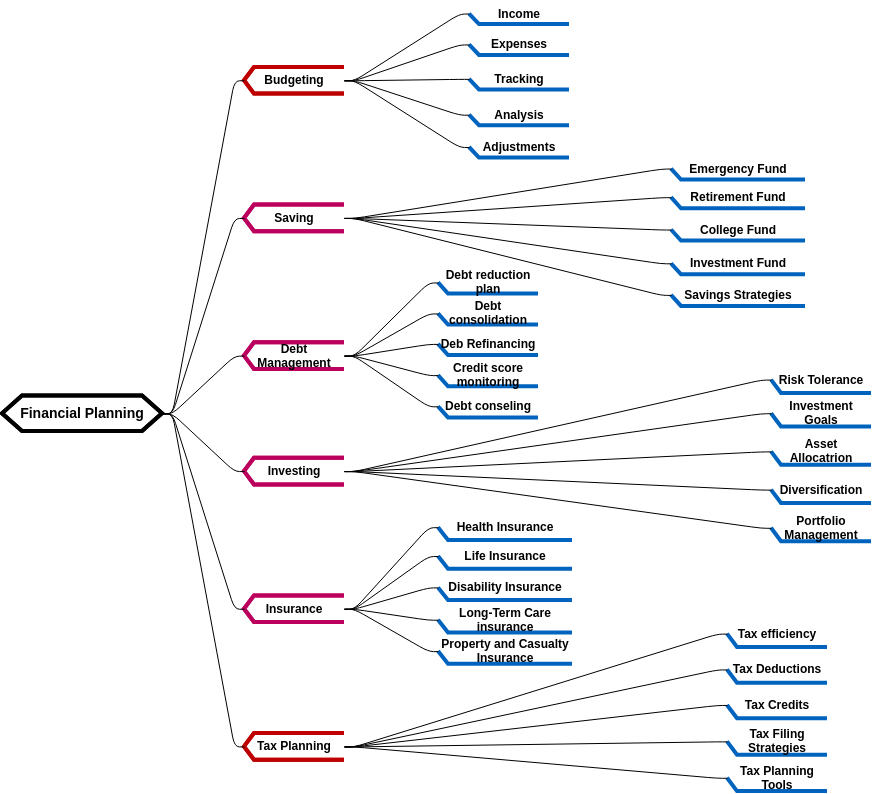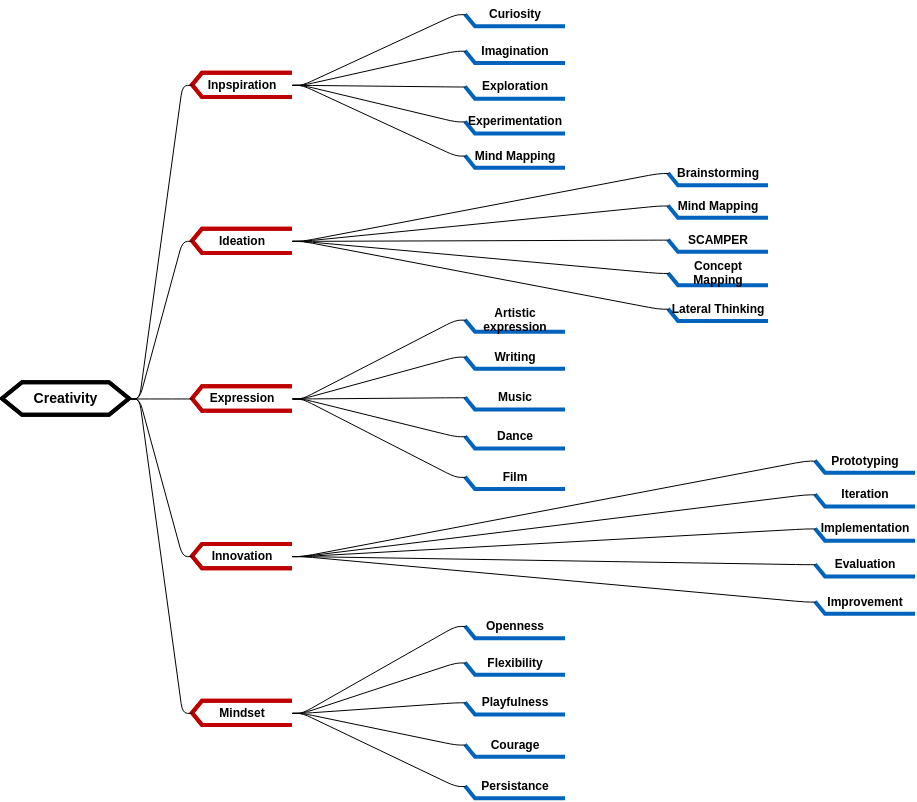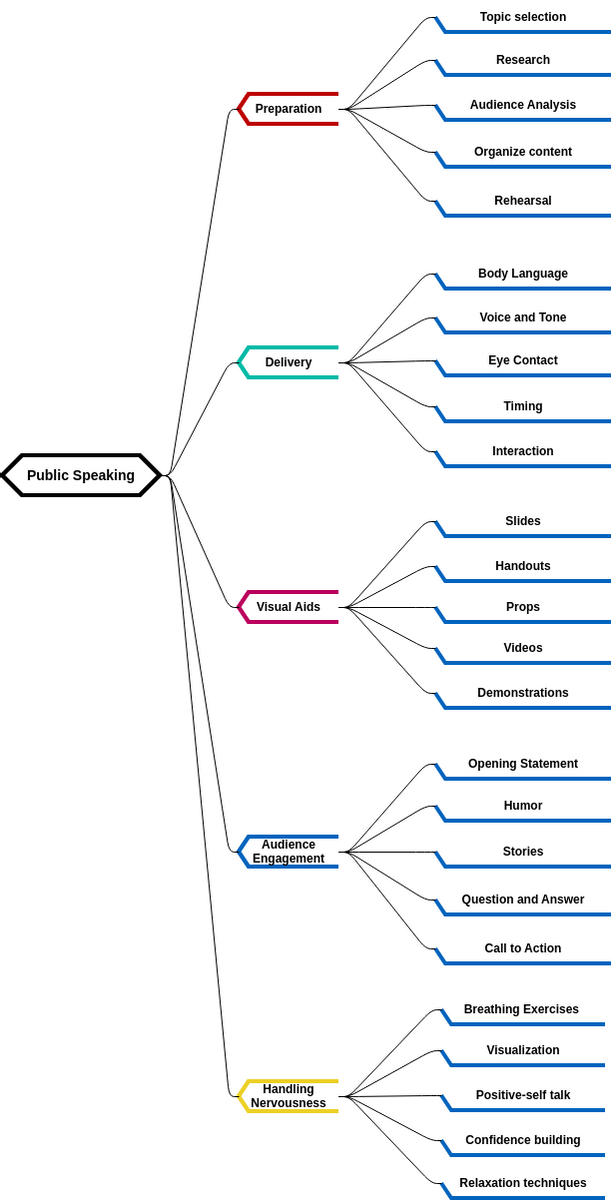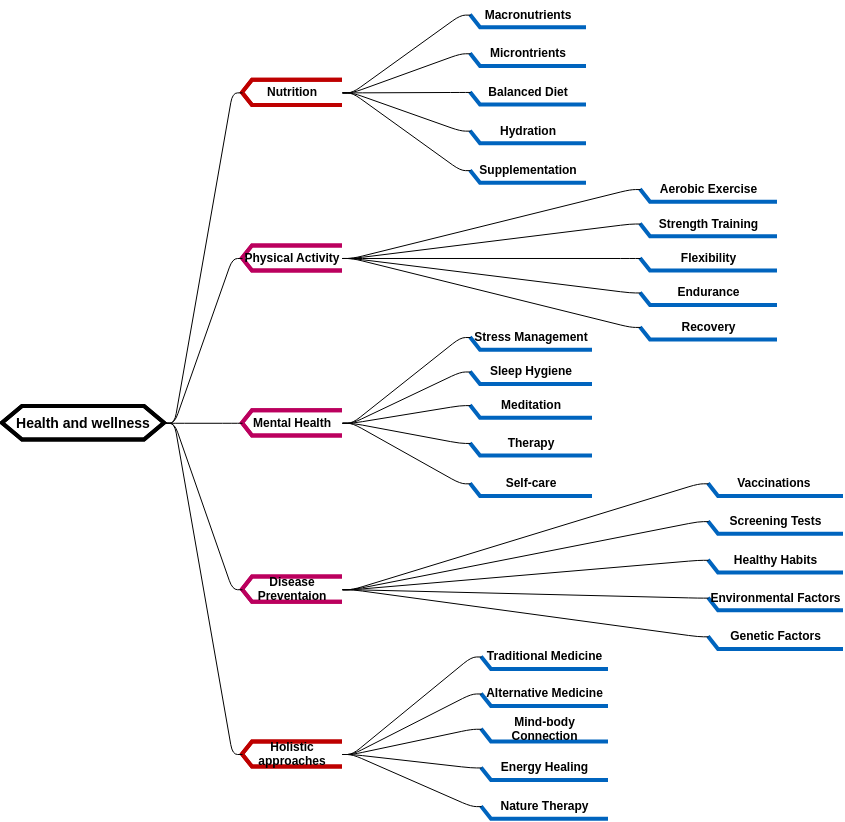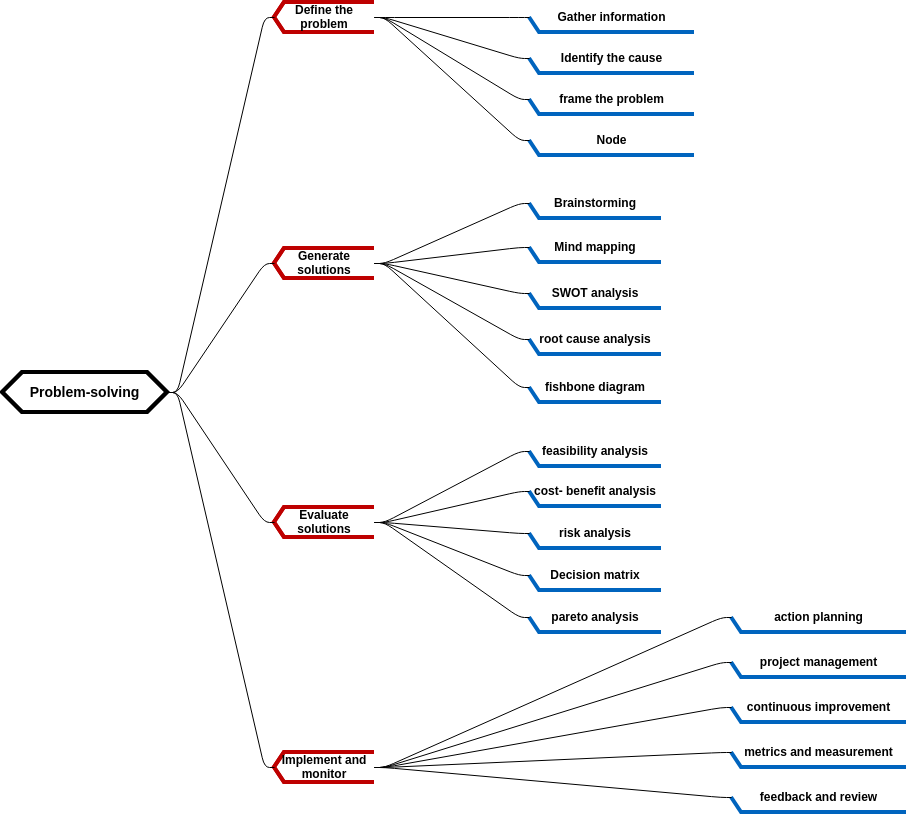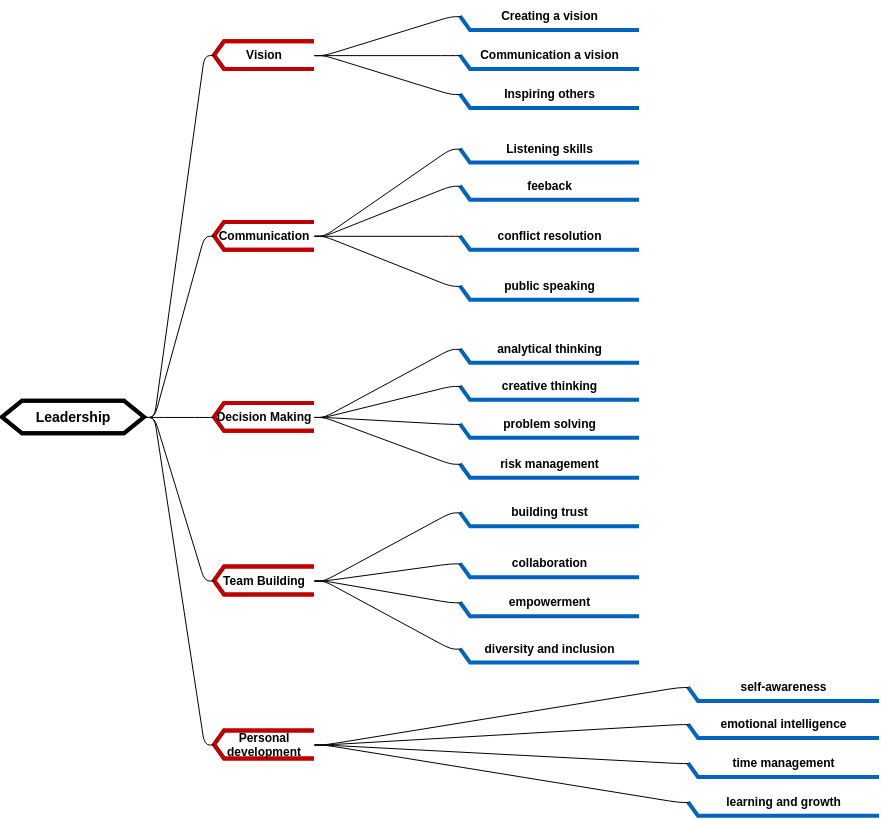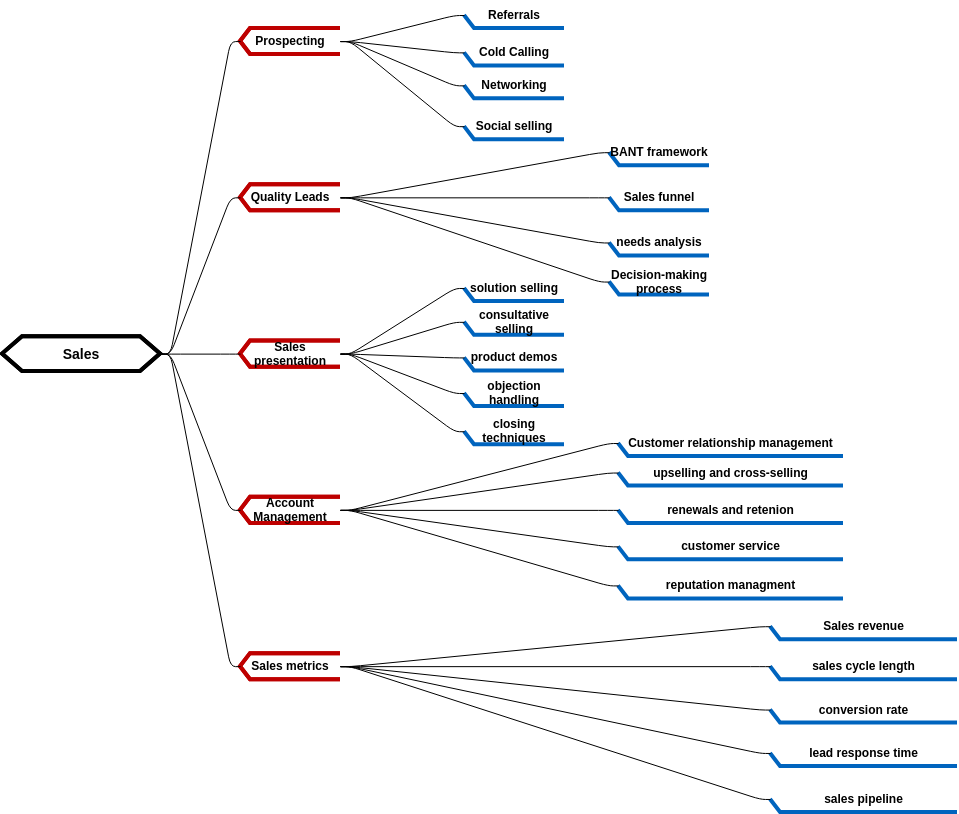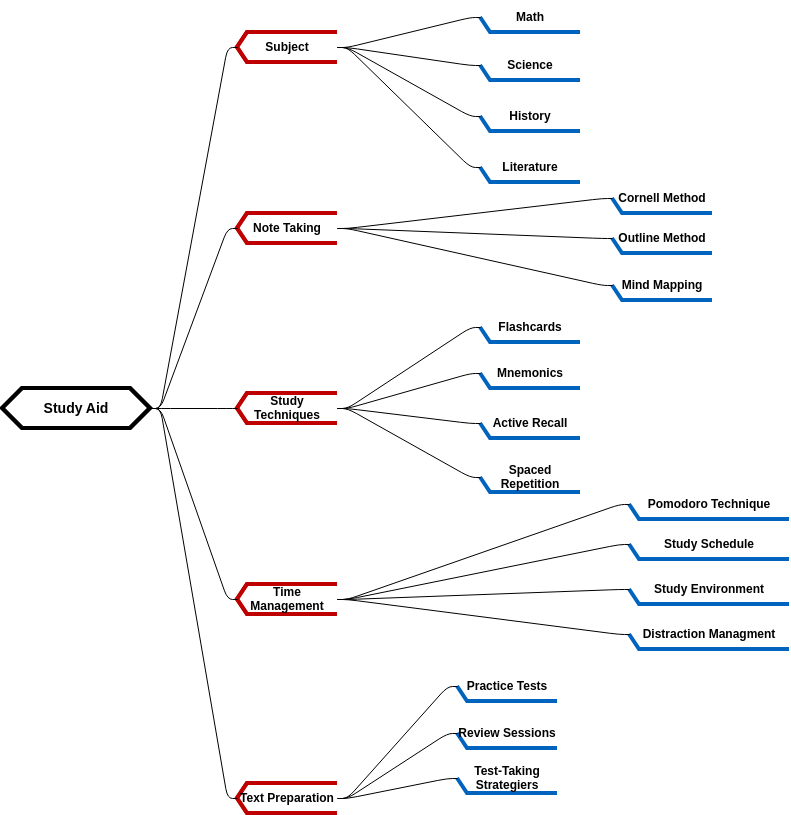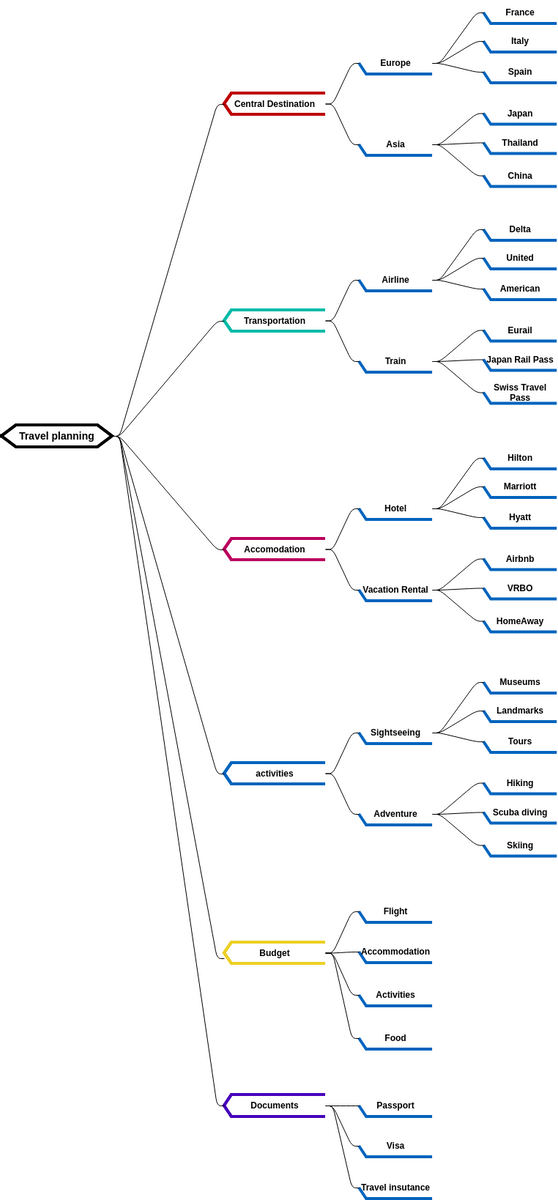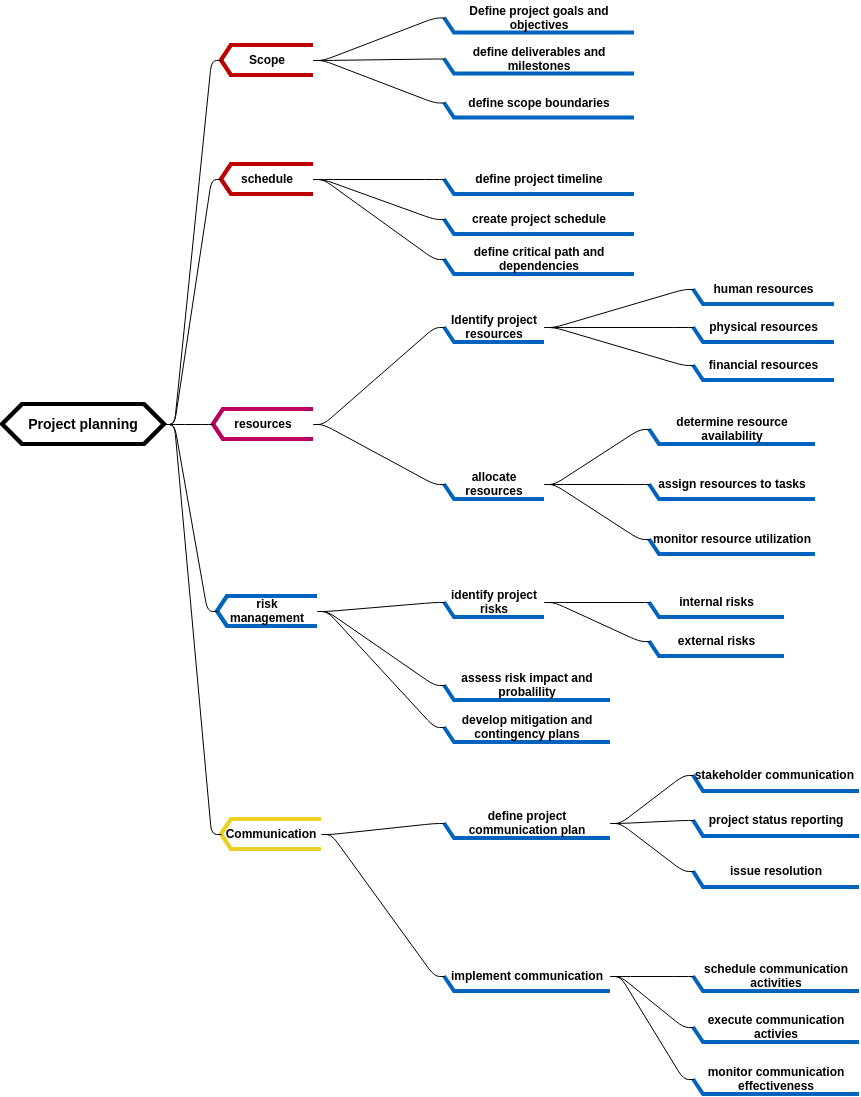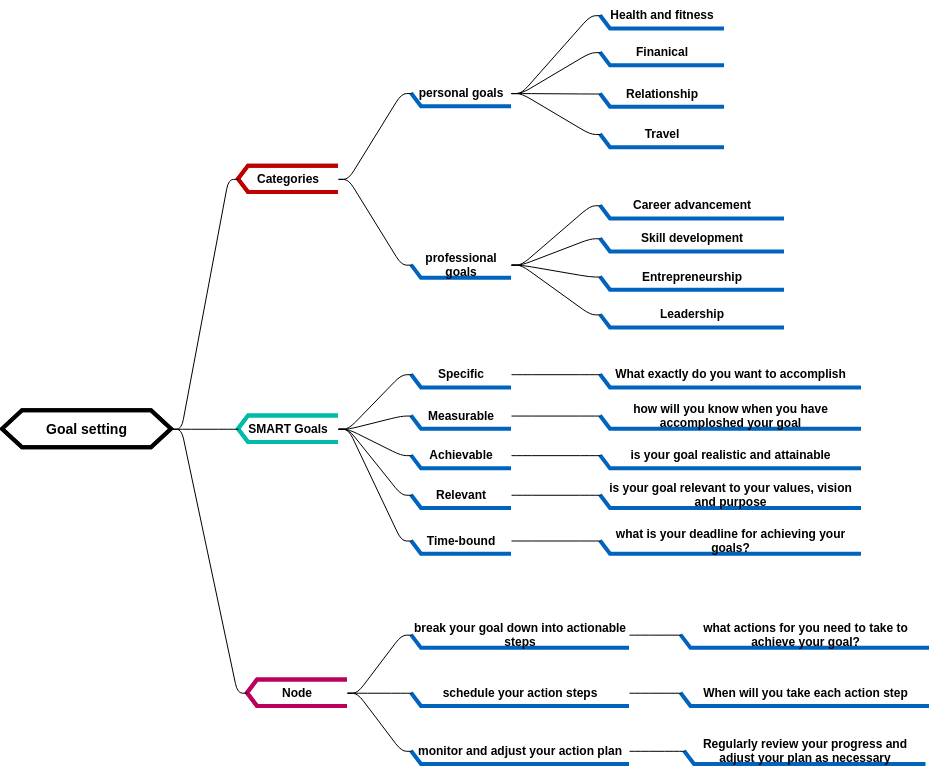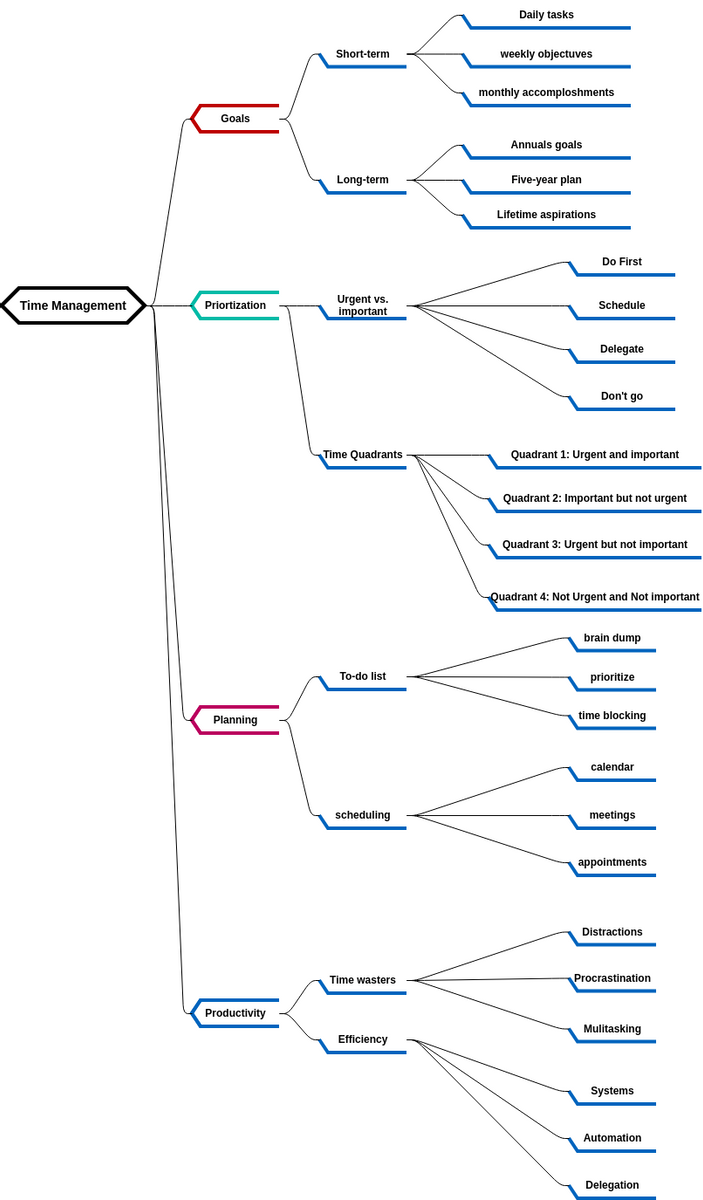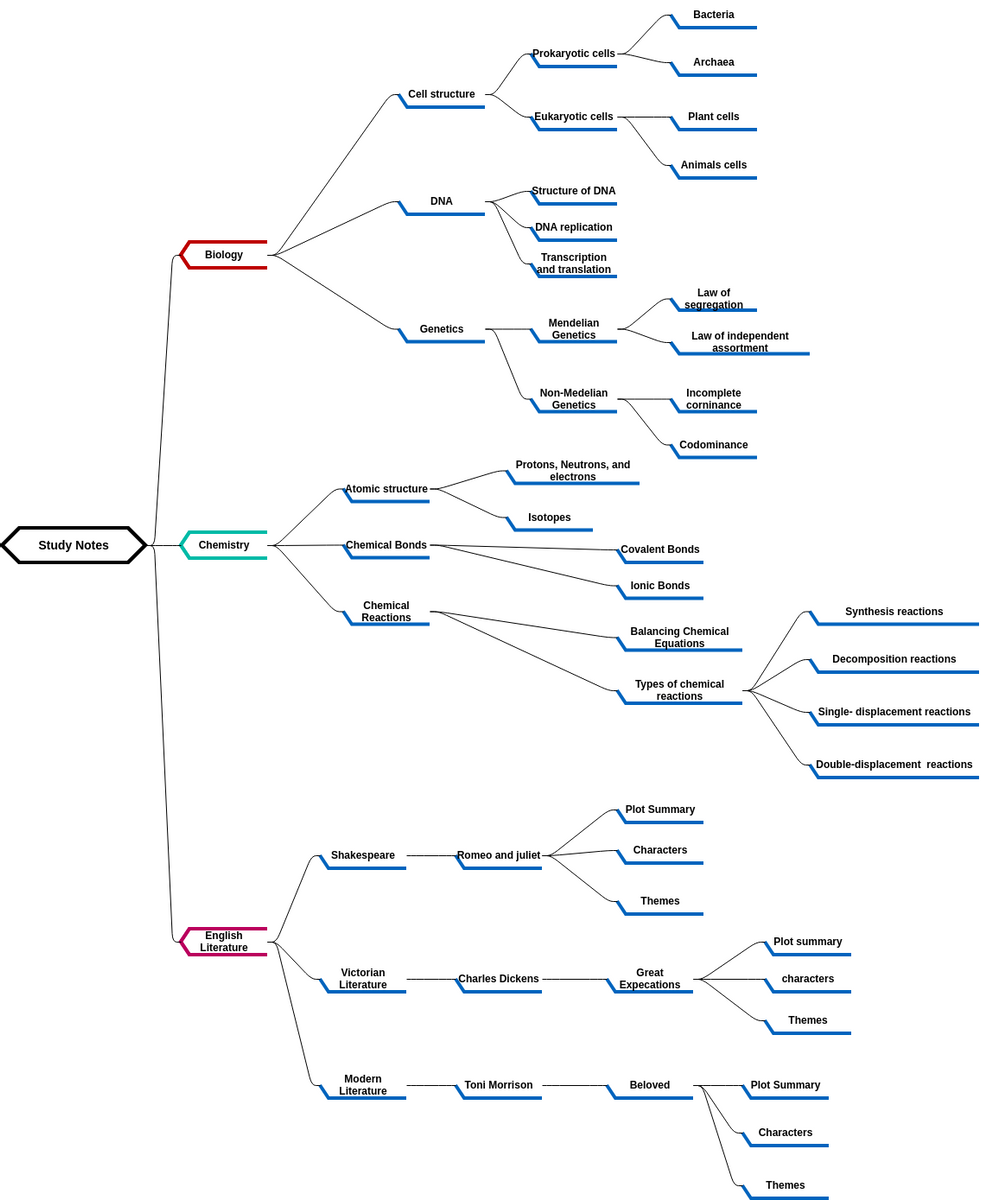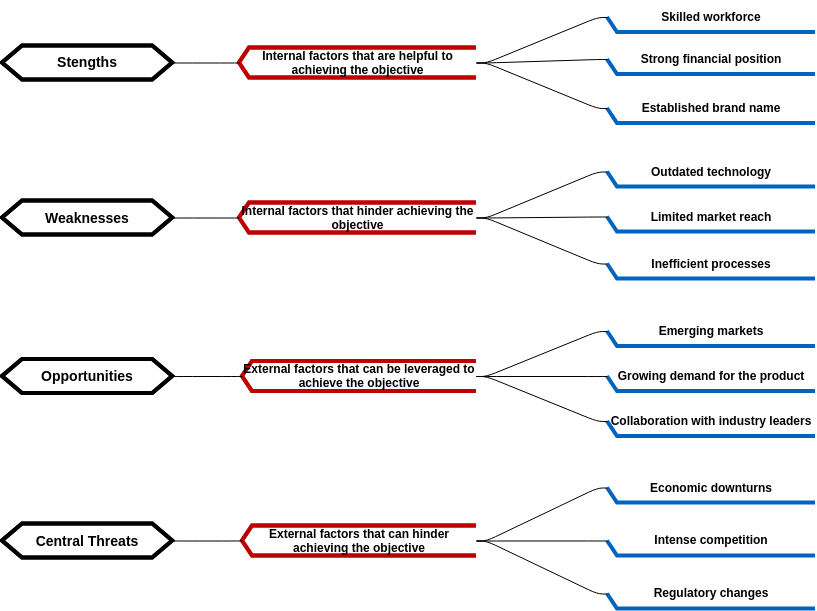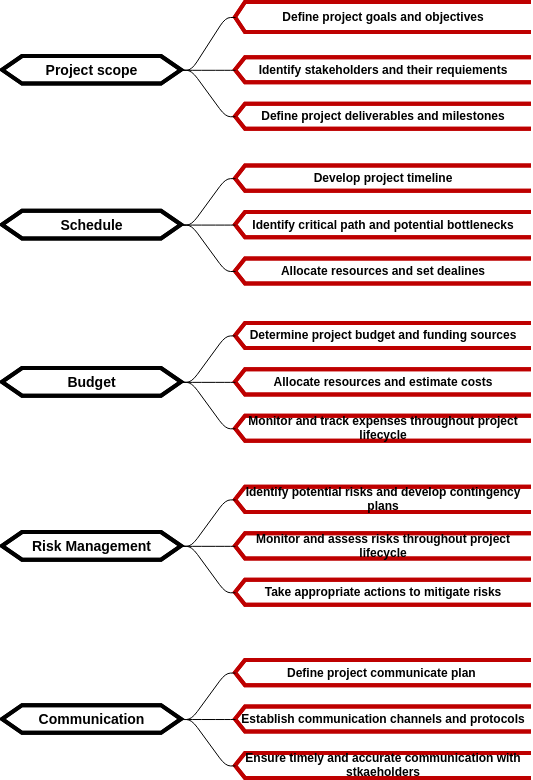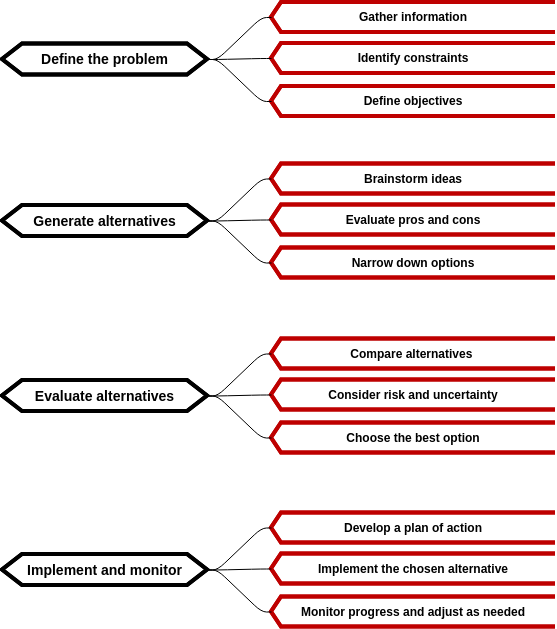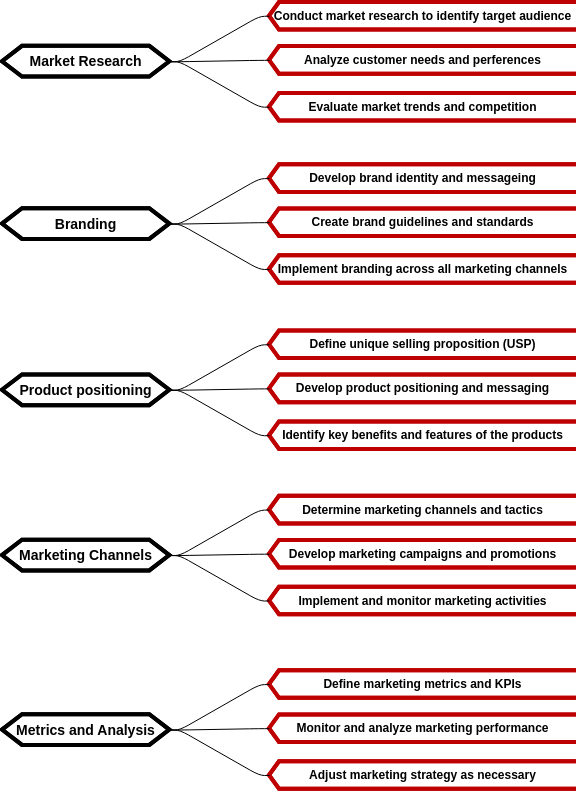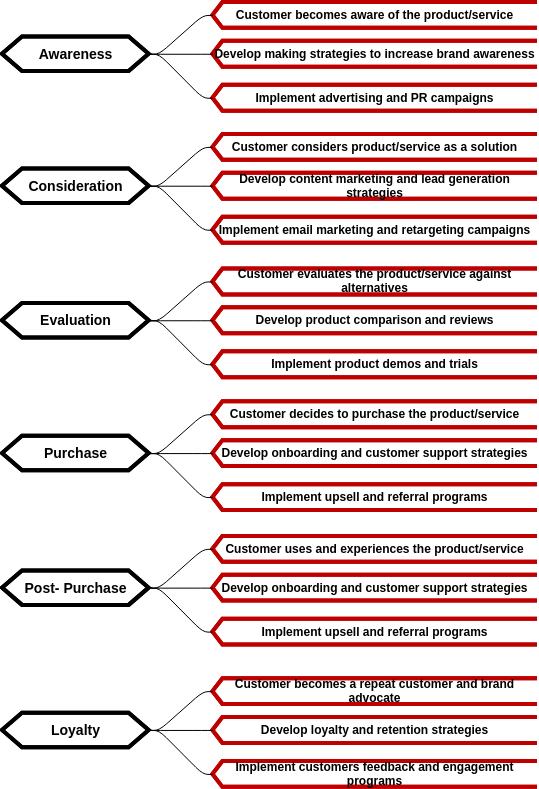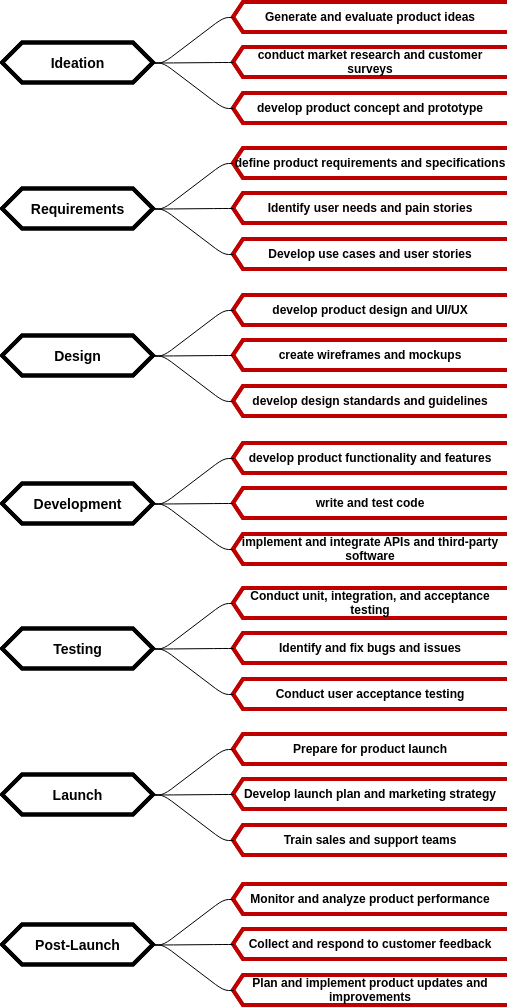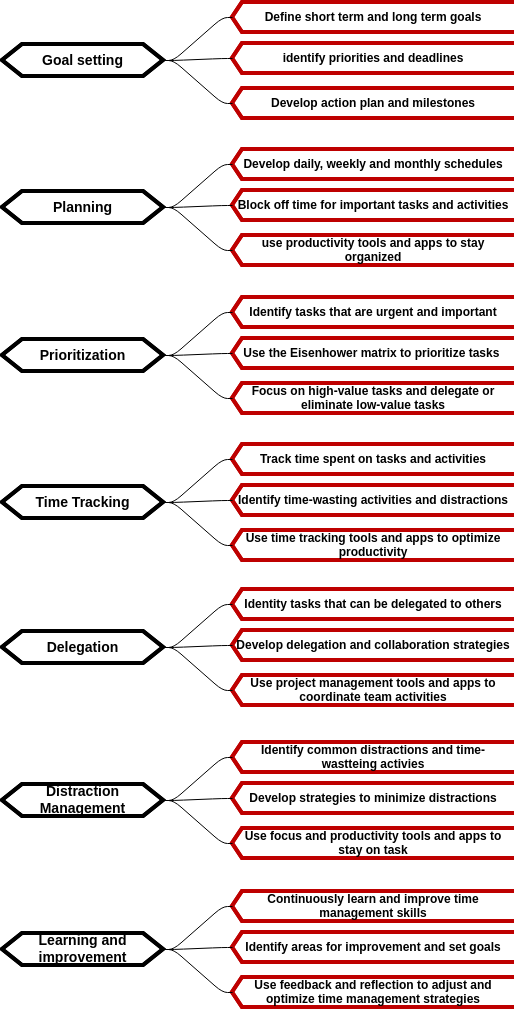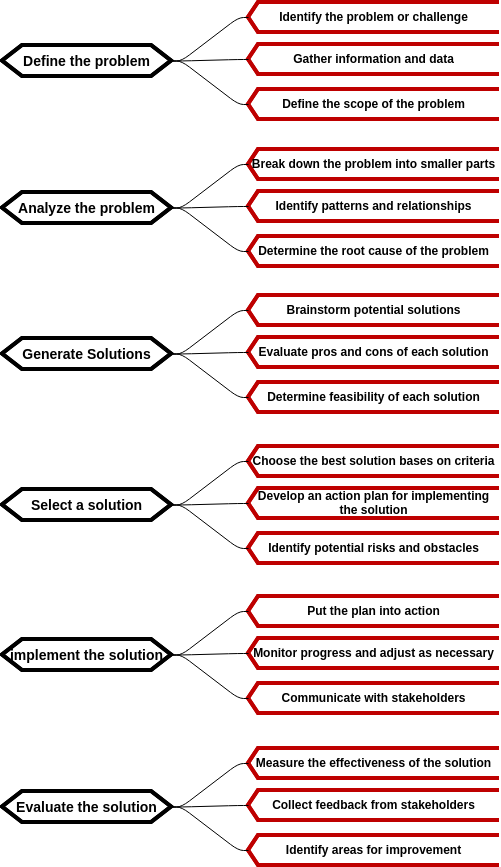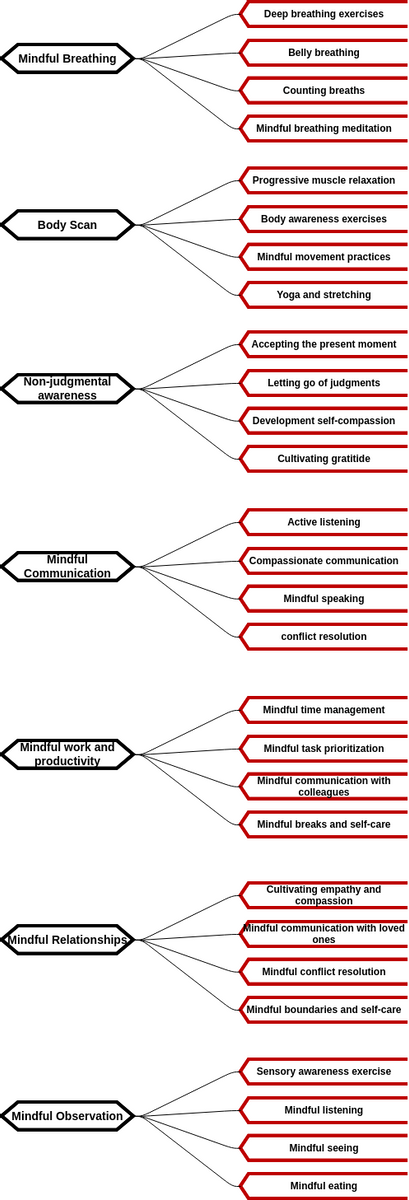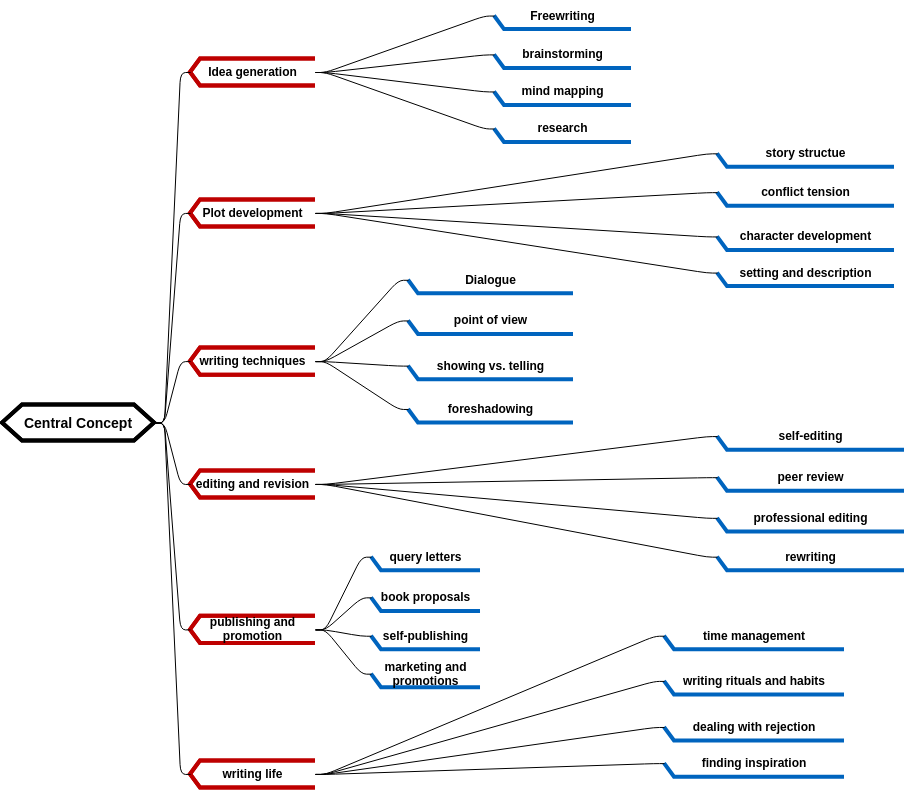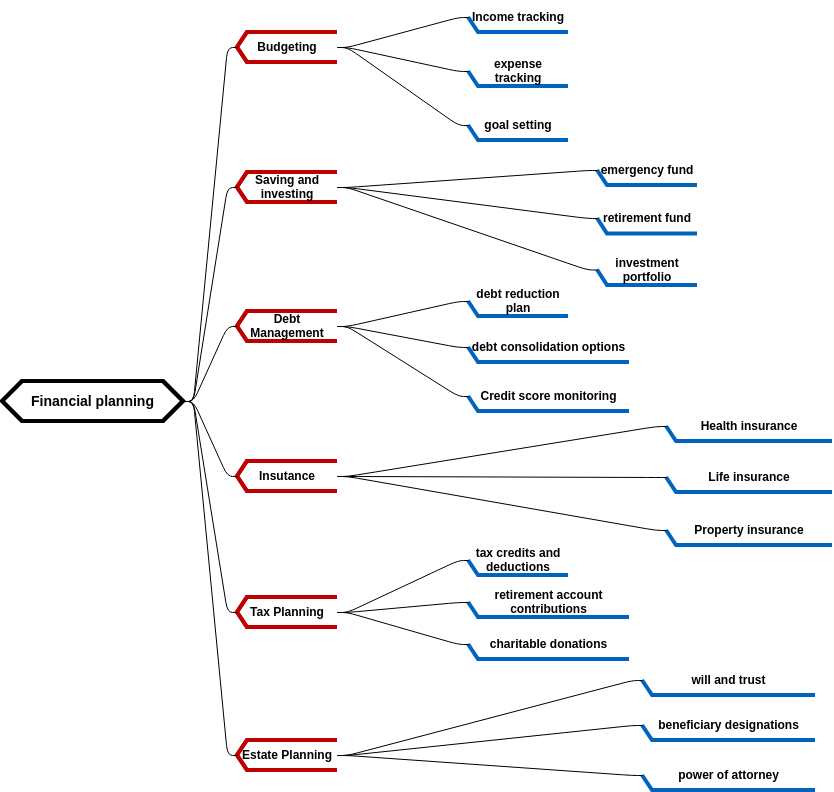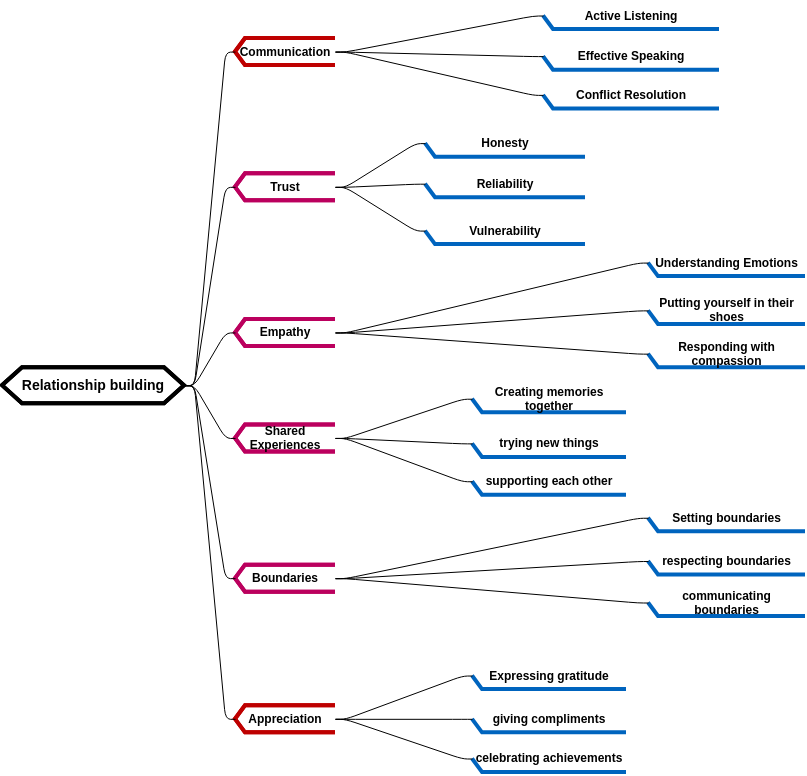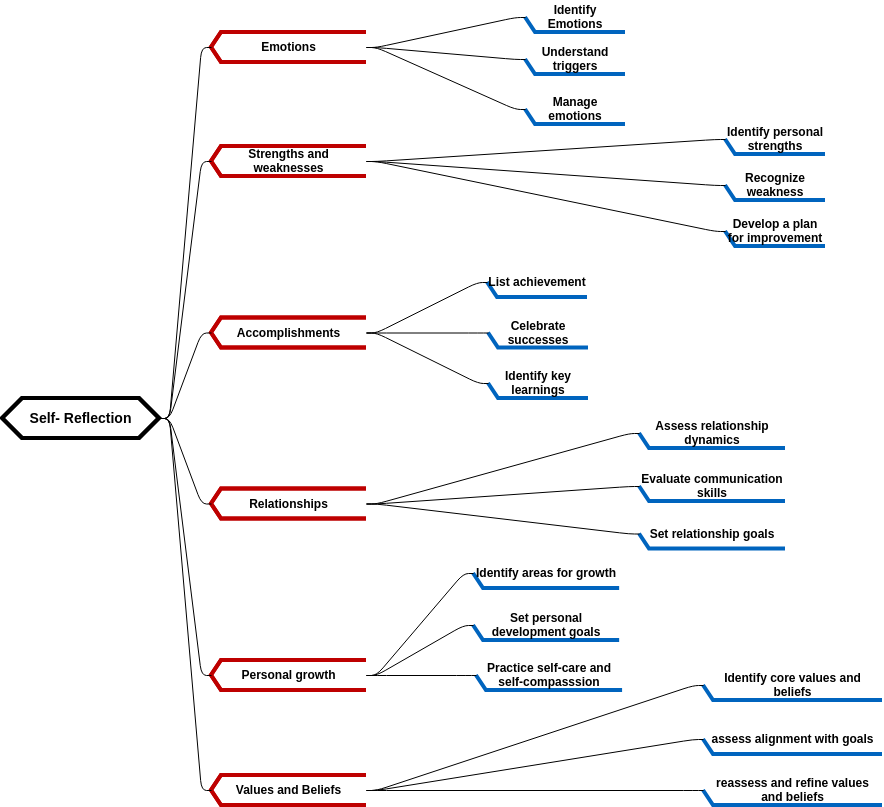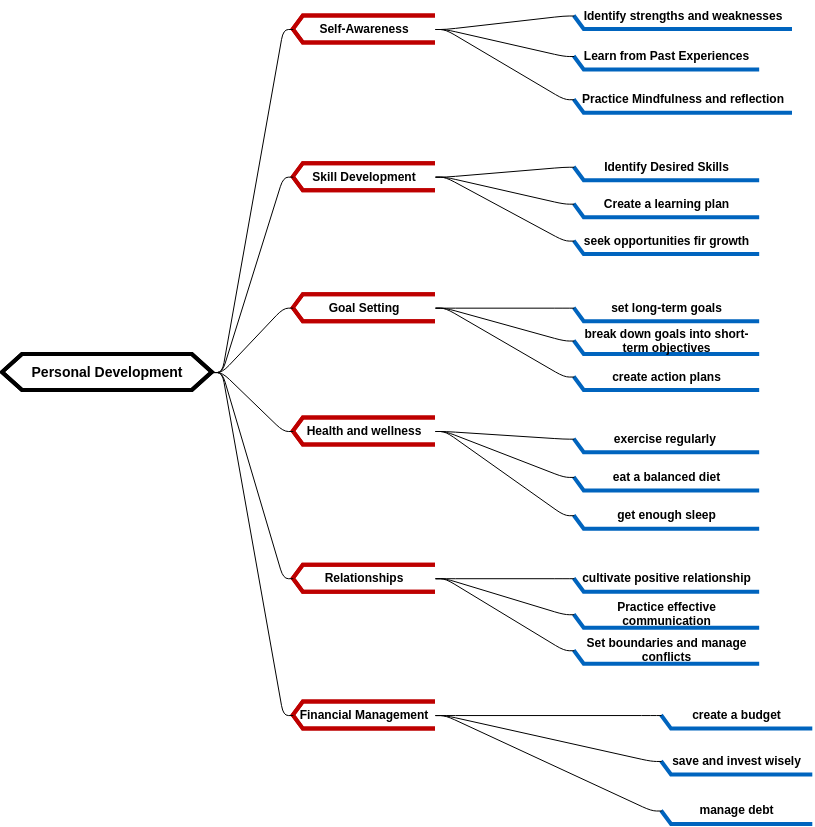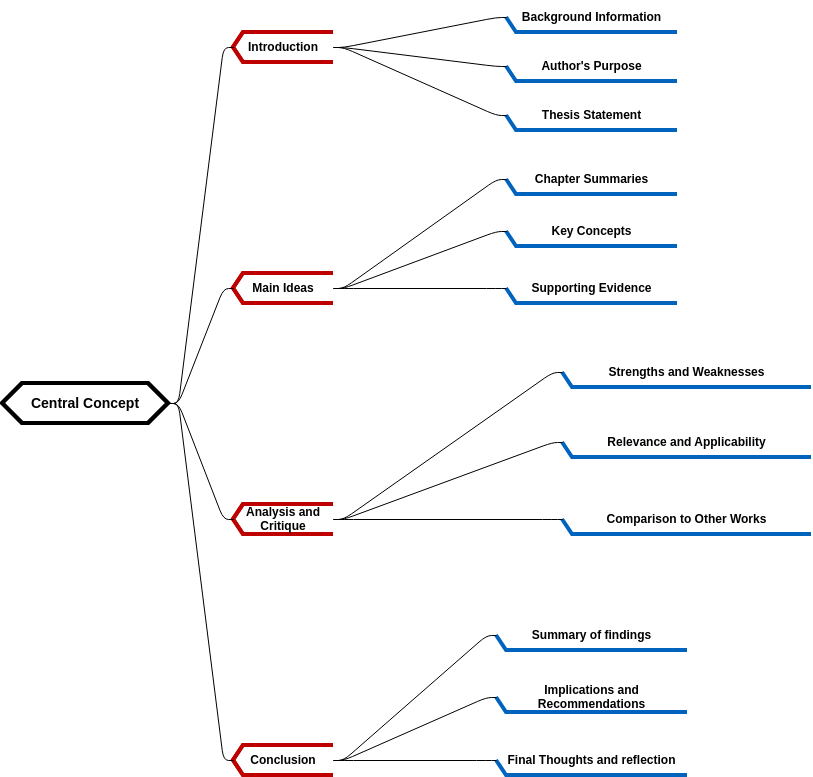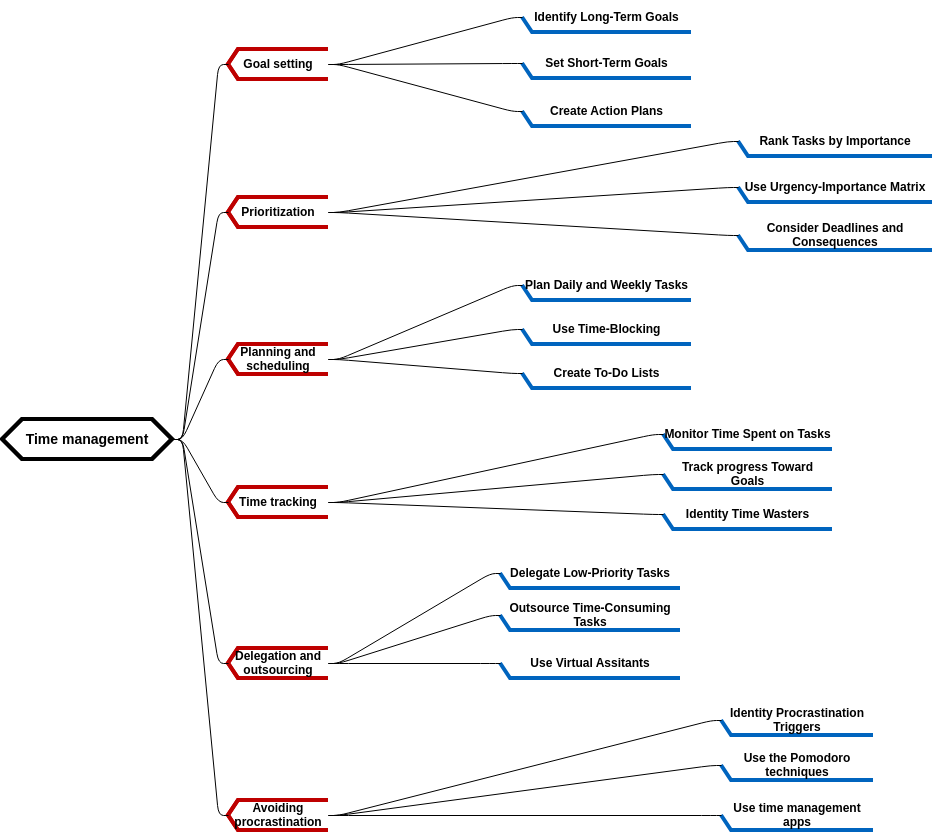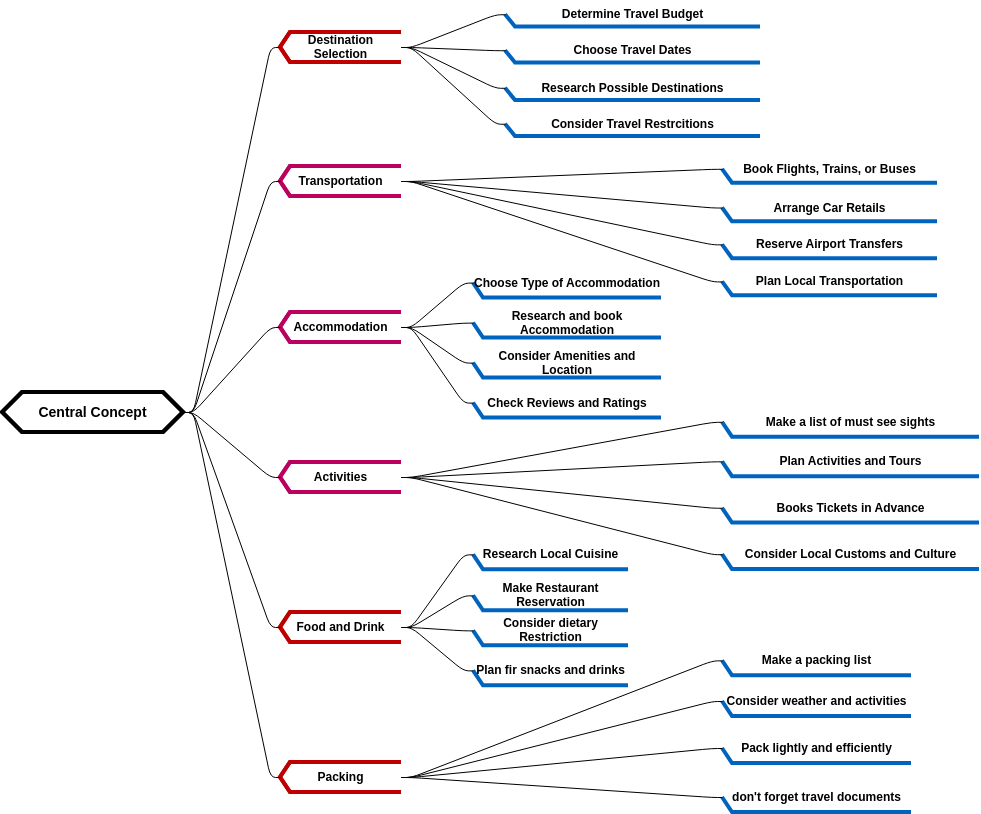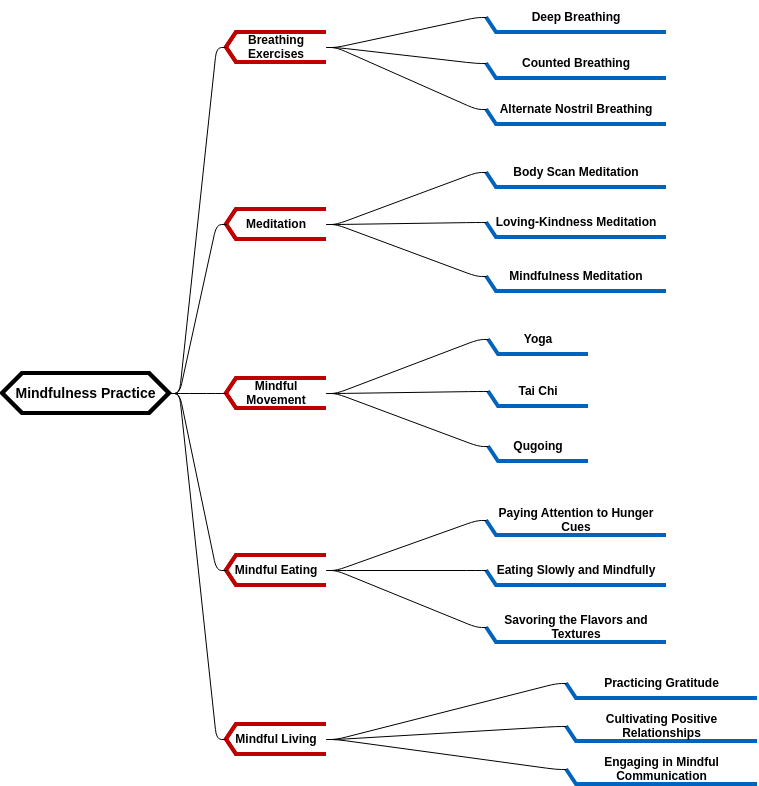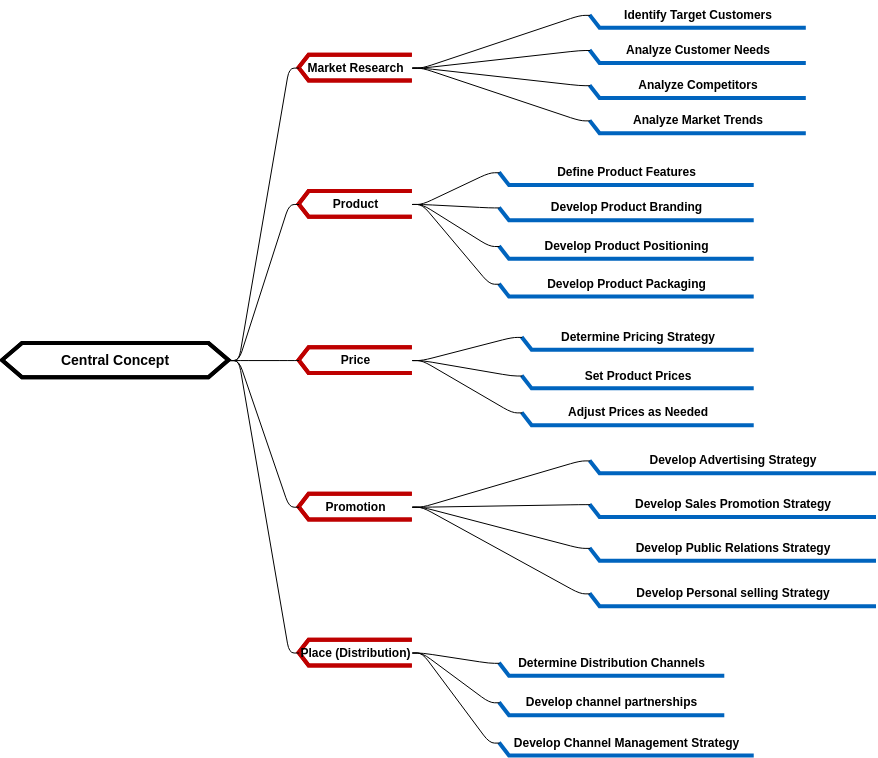Research and Analysis mind map
Research and analysis is an important field that involves the collection, analysis, and interpretation of data to inform decision-making. One key aspect of research and analysis is data collection. This can involve a range of methods, such as surveys, interviews, and focus groups. It is important to carefully design data collection methods to ensure that the data collected is accurate, relevant, and reliable.
Once data has been collected, it must be analyzed. This can involve a range of techniques, such as statistical analysis and thematic analysis. Statistical analysis involves using mathematical and statistical methods to analyze data and identify patterns and trends. Thematic analysis, on the other hand, involves identifying and analyzing themes and patterns in qualitative data such as interview transcripts or open-ended survey responses.
Reporting and data visualization are also important aspects of research and analysis. Once data has been analyzed, it must be presented in a clear and concise manner to stakeholders. Reporting involves summarizing key findings and presenting them in a way that is easy to understand. Data visualization involves using charts, graphs, and other visual representations to help stakeholders better understand complex data.
Finally, research and analysis requires the use of various tools and technologies. Analytics tools, such as Excel, SPSS, and Tableau, can help researchers and analysts to manage and analyze large datasets. These tools can also be used to create data visualizations and reports. It is important to select the right tools for the job and to ensure that they are used effectively to support research and analysis efforts. Overall, research and analysis are critical to making informed decisions and achieving organizational goals.
Advantages of creating this mind map
There are several advantages to creating a mind map on research and analysis. Firstly, it helps to organize information in a clear and concise manner. By breaking down the various topics and subtopics into distinct branches, the mind map allows for easy reference and review. This can be especially helpful when dealing with complex research concepts and strategies, as it can make them more approachable and easier to understand.
Secondly, a mind map can serve as a useful tool for identifying gaps in your research and analysis knowledge and areas where you may need to focus your efforts. By mapping out the various topics and subtopics related to research and analysis, you can get a better sense of your overall understanding of the subject. This can help you identify areas where you may need to focus your attention and gain more knowledge. Overall, creating a mind map on research and analysis can be a valuable exercise in organizing your thoughts and gaining a deeper understanding of this important field.
